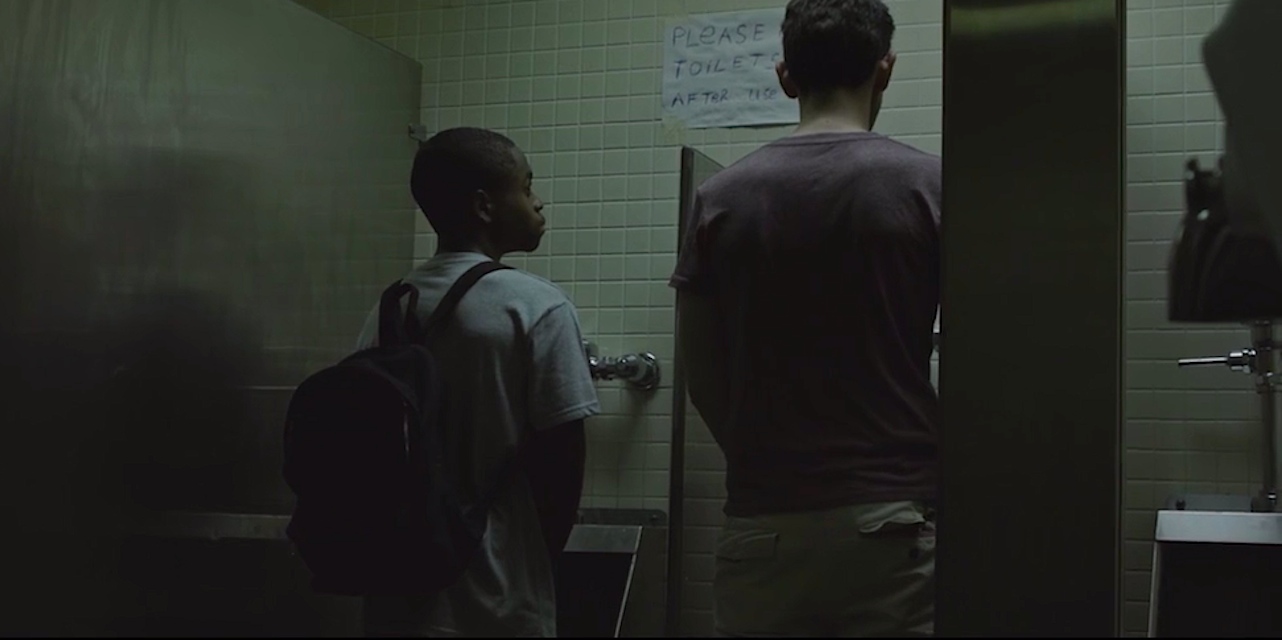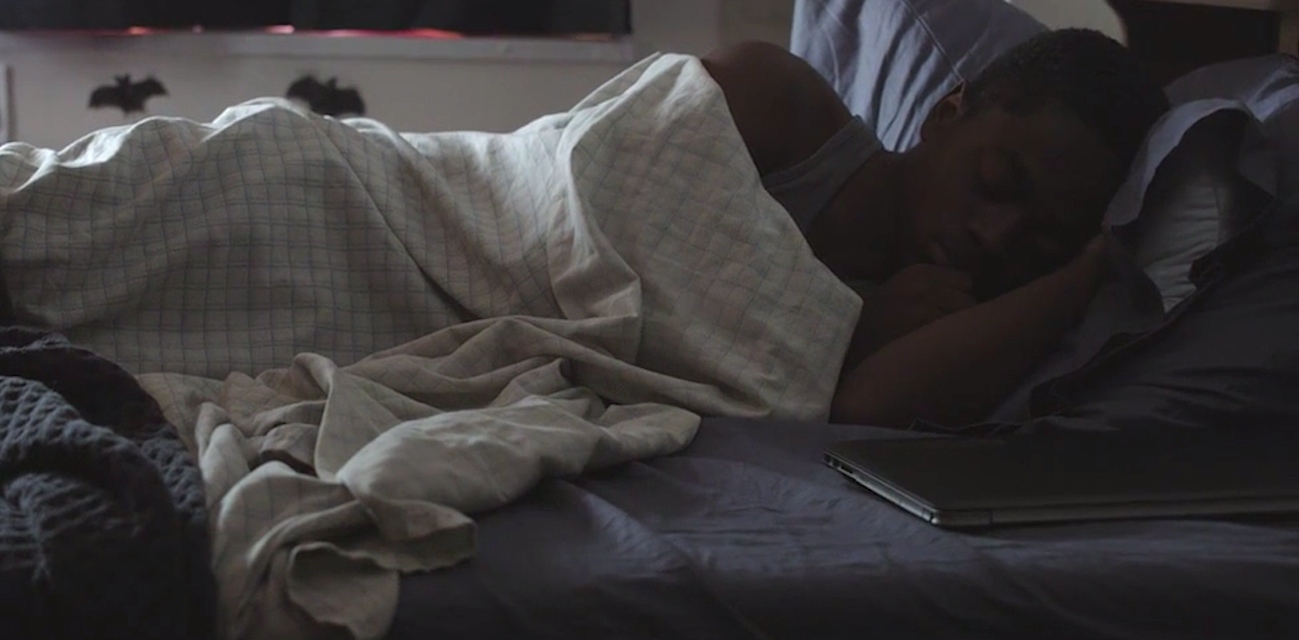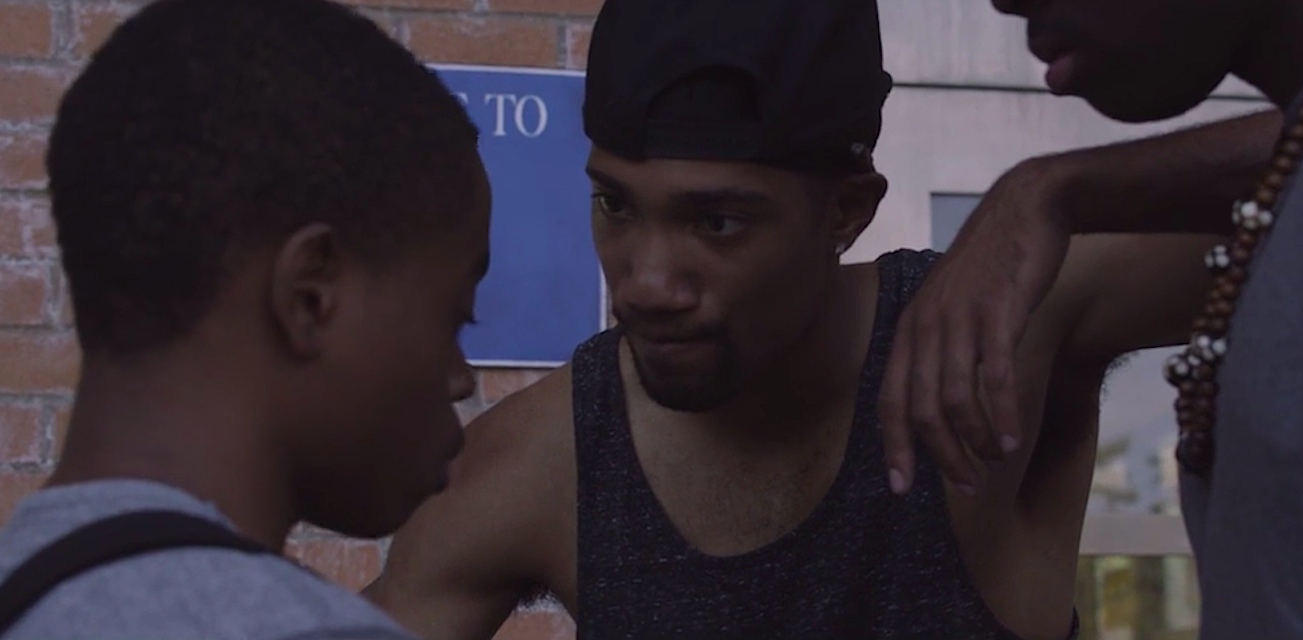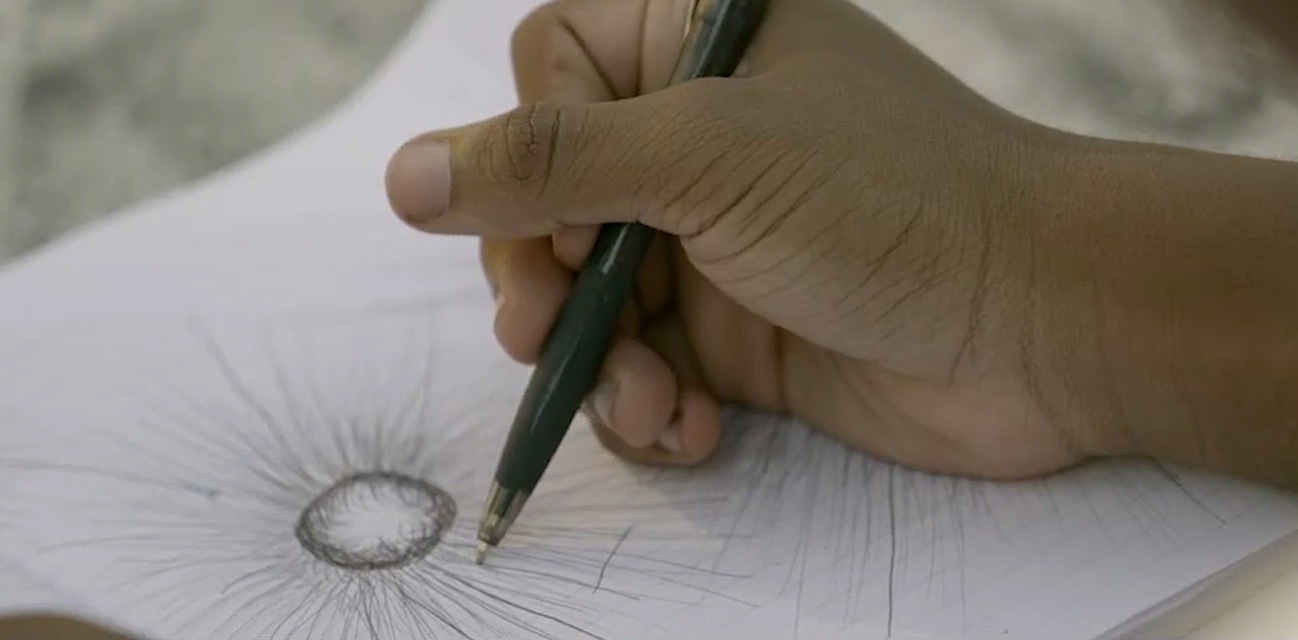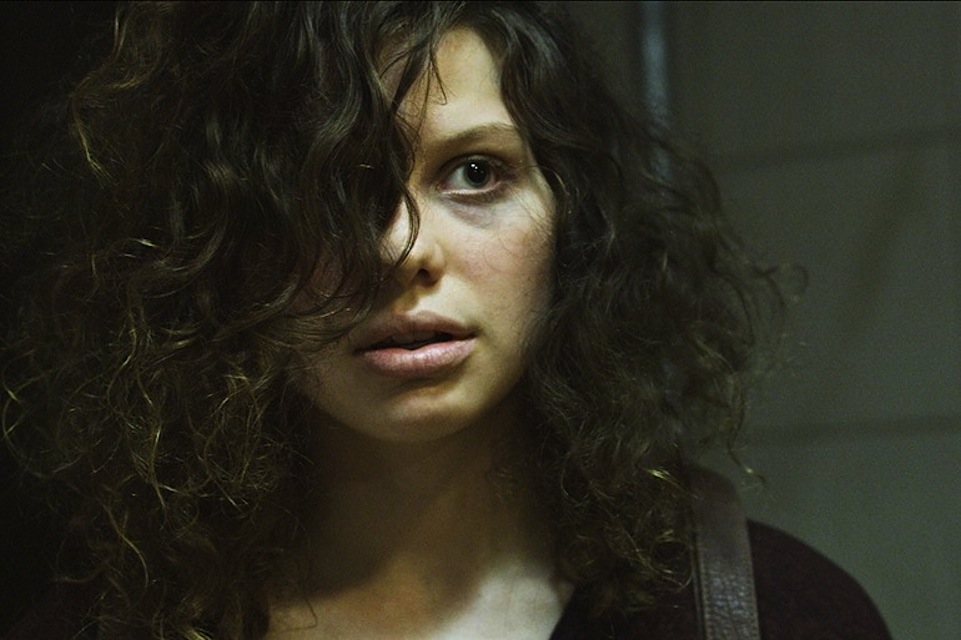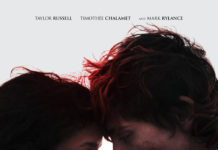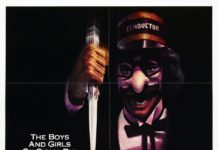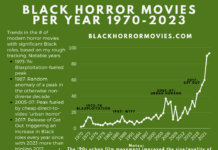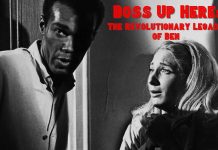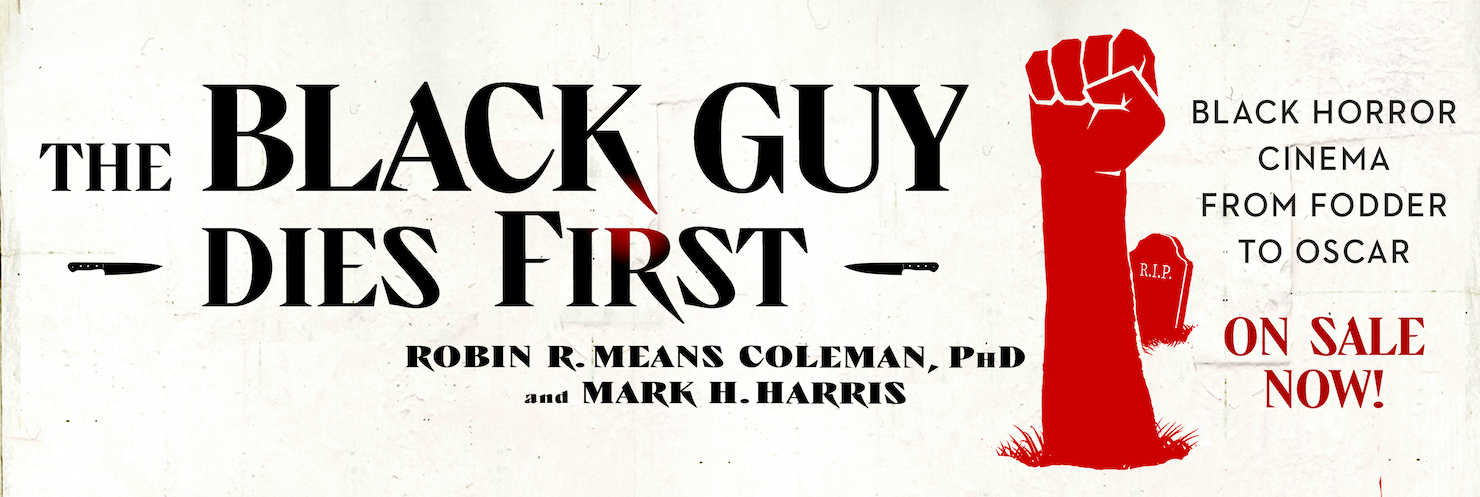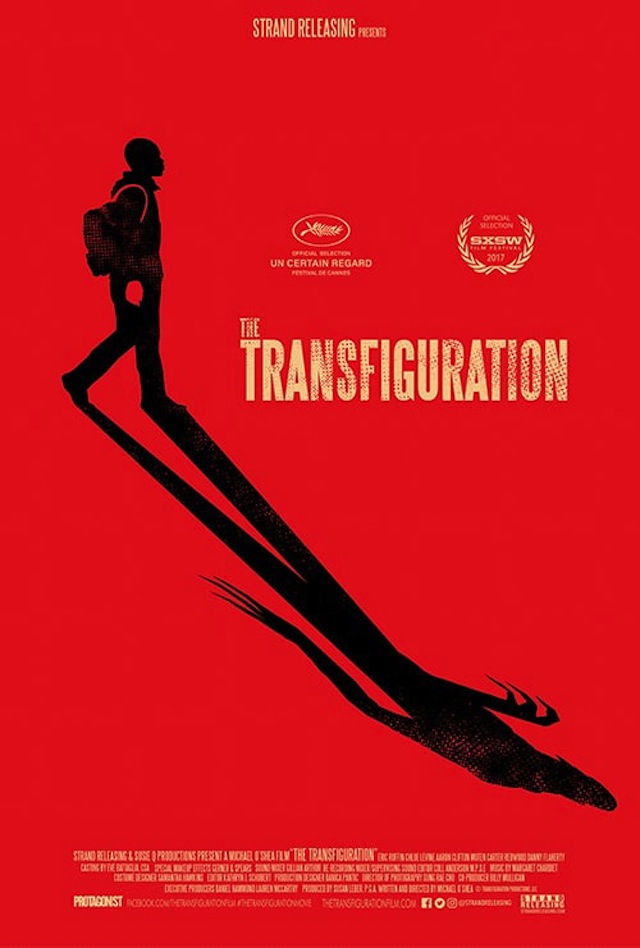It remains to be seen whether the success of Get Out propels us into a Golden Age of black horror movies — or at least, black folks appearing in horror movies — but if it does, one film that might not initially garner much attention but might in hindsight play an important role in the growth of black horror is The Transfiguration.
It’s a bare-bones little indie movie that straddles genres: part horror, part thriller, part urban drama, part coming-of-age romance. It’s aesthetically sparse, from its modestly allotted dialogue to its visuals of urban isolation to its uncomplicated plot, which revolves around a young, offbeat couple getting to know one another during a steamy summer in New York City.
Eric Ruffin stars as Milo, a teen who’s troubled with a capital “T,” and that rhymes with “V,” and that stands for “vampire.” The hardships he’s faced with the deaths of his parents and the near-constant bullying by classmates seem to pale in comparison to the trouble into which he’s recently sunk his teeth: trolling the streets looking for victims to bleed dry. Is he a vampire? Well, HE certainly thinks he is.
As he begins his summer vacation, a similarly disturbed — and orphaned — teen girl named Sophie (Chloe Levine) moves into his apartment building. They soon bond through a sense of commonality as shunned, solitary outsiders. She’s an abused cutter with psoriasis and low self-esteem; he’s a vampire-obsessed sociopath with few social skills and limited empathy. Their budding romance, however, is threatened by Milo’s bloody fantasies and the actions of others with grudges against them — from local gang members to her abusive grandfather.
The term “transfiguration” means a metamorphosis, and The Transfiguration begins as an exploration of how a seemingly mild-mannered boy can transform into a monster (Literal? Figurative?) but turns into how the monster in him can transform back into something resembling humanity. It’s a portrait of misfits who find that their incongruous “fits” with society at large match each other fairly well, its understated direction (by Michael O’Shea) and performances from the two leads lending an air of authenticity despite some fantastic elements.
It’s like someone took the oddball adolescent romance of Let the Right One In, crossed it with the ambiguous “is he a vampire or not” insanity of Martin or Vampire’s Kiss and placed it all within the hustling urban jungle context of Fresh. It also plays a bit like a Ganja and Hess for the Internet age, portraying the lifestyle of a “realistic” vampire — none of those theatrical bats, fangs and sensitivity to light — with a deliberate pace and artsy sensibility.
Perhaps most striking to me, though, is that The Transfiguration stars a black actor without being pointedly “black.” Although the setting is urban (industry code for black), the story could’ve just as easily taken place in a majority white New York neighborhood — or any neighborhood for that matter, be it urban, suburban, rural, whatever. It’s a universal tale of love, morality and the nature of evil.
While the script doesn’t shy away from race — black gangsters harass Sophie because they think she doesn’t belong, while other white characters are shown as interlopers in the ‘hood looking for a quick thrill — it feels more like Milo just happens to be black rather than O’Shea set out to tell a “black story.” Certainly, the lead role is refreshingly atypical for an African-American lead; black folks aren’t known for being big vampire groupies, and given the unfortunate stigma of mental illness and therapy in the black community, it’s nice to see the portrayal of a black character with mental health issues — and a therapist.
The Transfiguration is a quietly potent film, alternately sad and hopeful, raw and sweet — sort of like life itself.
